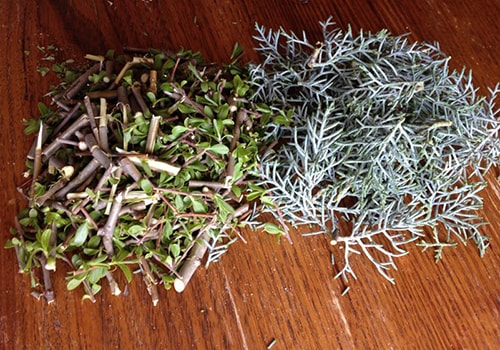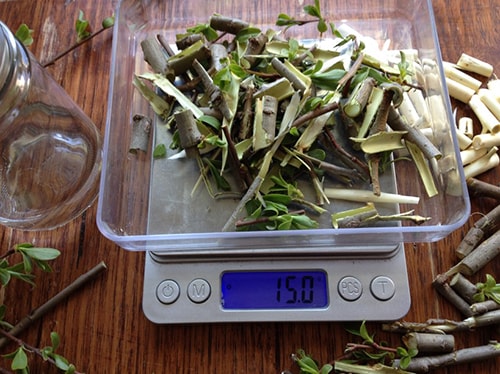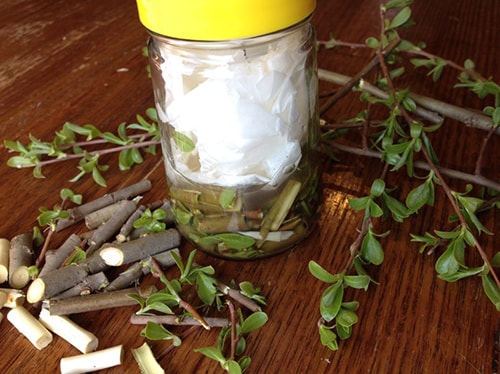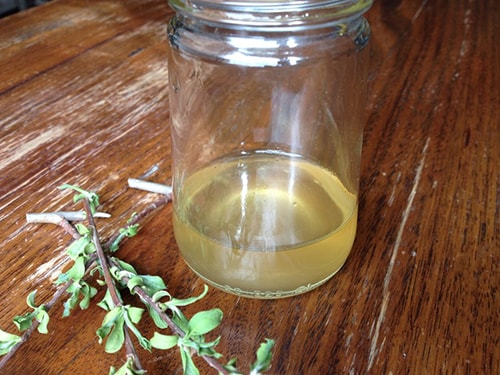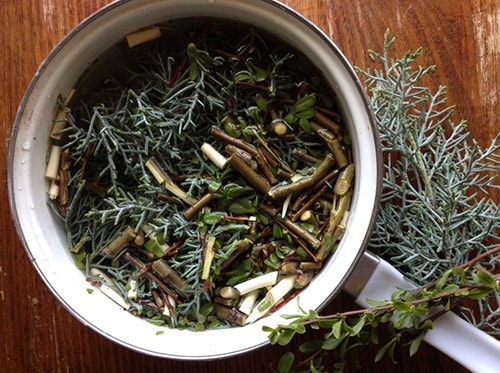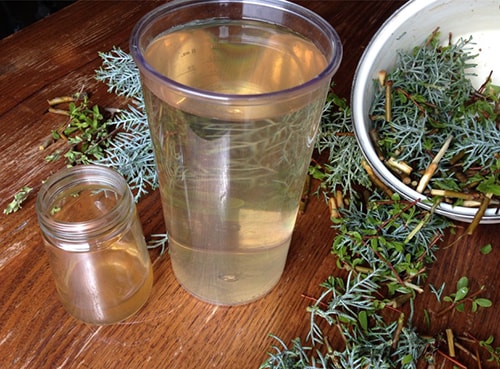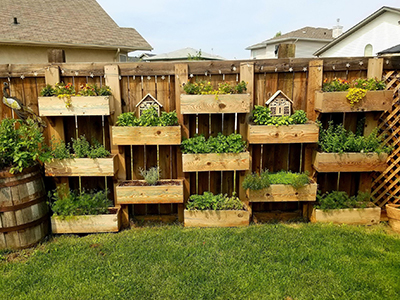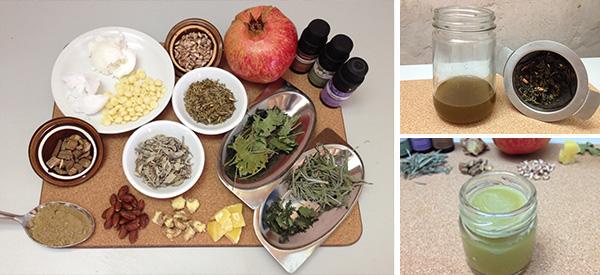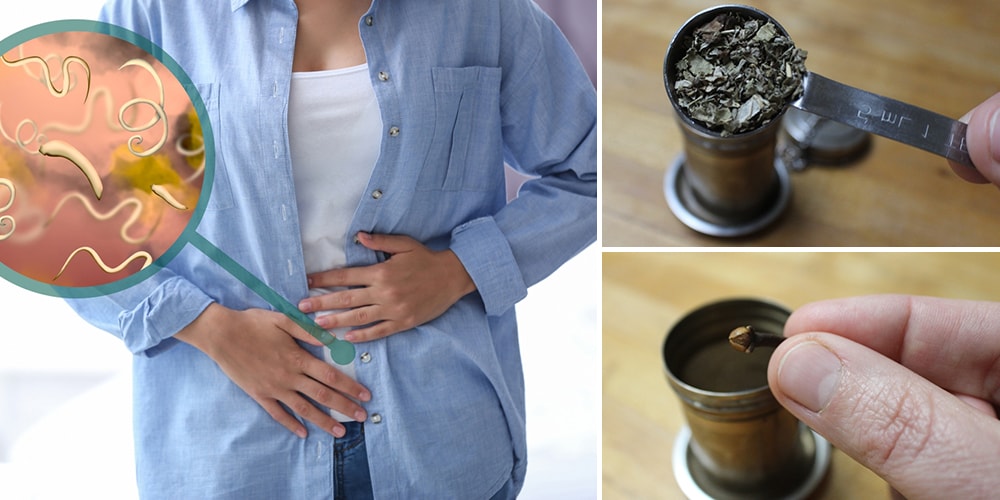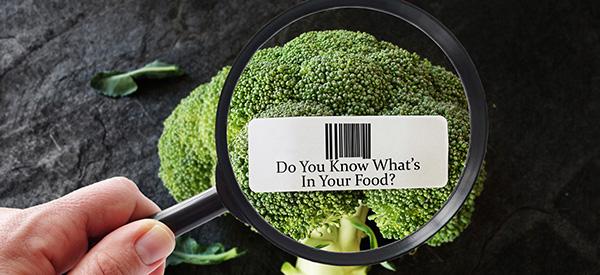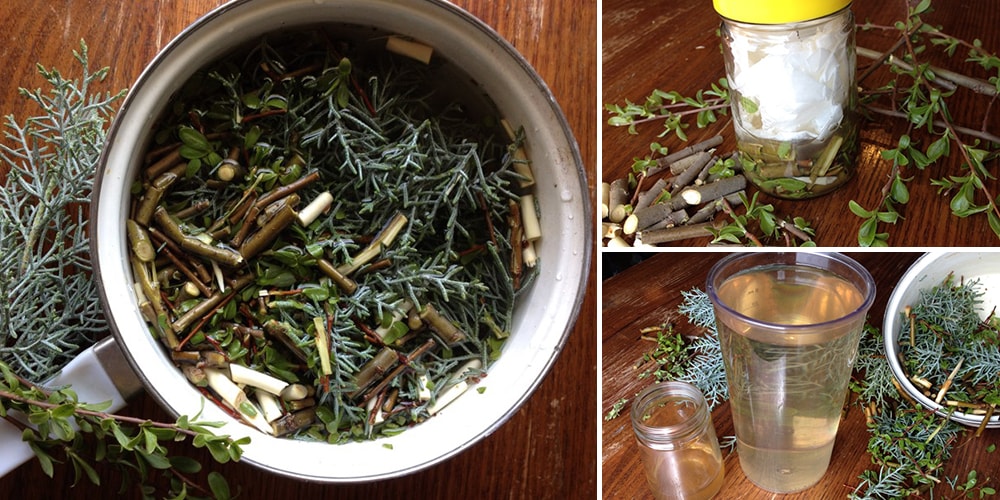
DIY Rooting Extract for Cuttings
Let’s face it. Commercial rooting powder is pretty expensive and tends to expire before you empty the little bottle. I have typically used honey to help root my cuttings, but after some research, I have decided to make my own rooting extract from some of the plants around me.
All fruits and vegetables contain some rooting hormones, since these parts will eventually form seeds and new plants. However, the amount varies between plants, and the concentration changes depending on the season, the life stage and the part of the plant you use.
What is a Rooting Extract?
A rooting extract is a solution or substance that is used to promote the development of roots in plant cuttings. It typically contains natural or synthetic plant hormones which play a crucial role in stimulating root growth.
When it comes to encouraging new roots on your cuttings, there are two main plant hormones at work; indole-3 butyric acid (IBA) and indole acetic acid (IAA). But IBA is only marginally water soluble, which is why it should be extracted via alcohol (75% or more alcohol), then diluted with water. IAA is 6 times more water-soluble than IBA so it is best extracted with hot or warm water.
You can also add a wide variety of common herbs and plants for their anti-bacterial and anti-fungal properties to help stimulate and support your cuttings. All of this means that the extraction process will be in 2 parts.
Firstly, an alcoholic extraction to draw out the IBA from the selected plants which is then diluted using the water extraction. Secondly, water extraction draws out the IAA and anti-microbial properties which is then used to dilute the alcoholic extraction.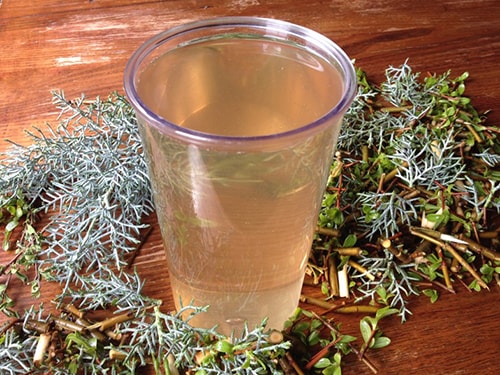
Part 1: Plants Suitable for Alcohol Extraction
- Willow (Salix spp.) contains both IBA and IAA in its bark and leaves.
- Corn seedlings and kernels produce IBA.
- Potato and carrot peels, especially those with roots starting to form already contain some IBA.
- Cypress (Cupressus spp.) leaves contains IBA as well as IAA and other growth hormones.
- Bottle tree (Moringa spp.) leaves contain zeatin which promotes root development and growth. Moringa leaves were found to be as effective as fresh coconut juice.
- Rockcress (Arabidopsis spp.) seeds and seedlings convert IAA to make IBA.
Method
- Today I’m using willow as my natural source of IBA (via alcohol) and then a combination of willow and cypress as my natural source of IAA (via water) and honey as an antibacterial agent.

- The alcoholic extract should be prepared at least 1 week before you want to use it on cuttings, whereas the water extract can be prepared the day before.
- Weight out half an ounce (15 g) of fresh willow bark, stems and leaves (or 3 g of dried bark). Or you can use any of the plants listed in part 1 above.

- Pour 1.6 oz (45 ml) of alcohol into the jar (I found the usual ratio of 1:2 wasn’t enough to cover all of the willow in the jar, so I am using a 1:3 ratio instead).

- Place the jar out of sunlight and ideally at room temperature for 1 week and shake every day.
- Strain away the plant matter and your alcohol extract is complete. This undiluted extract can be stored in a dark, cool location for 1 – 2 years, ideally in a dark-colored glass.

Part 2: Plants Suitable for Water Extraction
- Willow (Salix spp.) bark is a good anti-fungal treatment when extracted in water and also contains some IAA.
- Pea seedlings and fruit are higher in IAA than IBA, so work better in the water extraction.
- Cypress (Cupressus spp.) leaves contain IAA and are anti-microbial.
- Honey produced more roots than cinnamon powder, even when undiluted, and is used for its anti-fungal and anti-bacterial properties.
- Aloe Vera gel was found to be an effective root promoter, anti-bacterial and was comparable to synthetic IBA on grapevine cuttings, even though it doesn’t contain any. Add the aloe vera gel as the last step before using it on your cuttings.
⇒ The ‘Superweed’ That Saved Large Communities During the Great Depression (Video)
Method
- The day before you want to take some cuttings, harvest about 1 pound (500 g) of the plants listed in part 2 (I’m using willow and cypress), but this time, pour 1 liter of hot water over them (less than 176 °F / °80 C). Add 4 tablespoons of honey and stir until the honey has dissolved.

- Cover, and allow it to sit overnight, preferably at room temperature.
- The next morning, strain your water extract and mix it with the alcohol extract. Optional: add your aloe vera gel and mix thoroughly.

- This diluted rooting extract should be used within 24 hours.
How To Use Your DIY Rooting Extract
Submerge the prepared cuttings in your extract and leave them for approximately 10 – 20 minutes, then plant into seed-raising potting mix.
The Bottom Line
Creating your own rooting extract from natural plant sources can be a cost-effective and sustainable alternative to commercial rooting powders. By harnessing the natural rooting hormones present in various plants and combining them with anti-bacterial and anti-fungal agents, you can stimulate and support root development in your cuttings.






